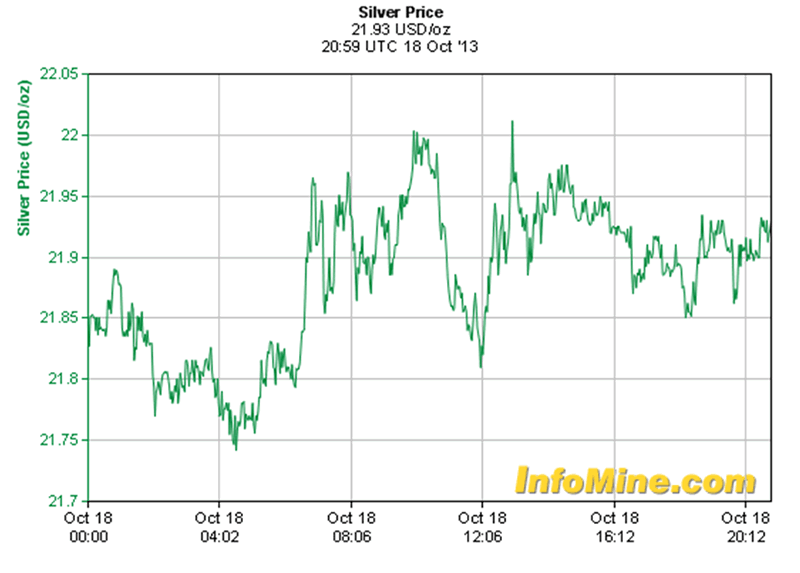Definitive Guide To ETF Investing
Post on: 16 Март, 2015 No Comment

by Michael Johnston on October 21, 2010 | Updated June 30, 2014
As ETFs have burst on to the scene in the early 2010s and worked their way into the investing mainstream, the number of products available and complexity of exposure offered has increased significantly. Advisors and investors have taken steps to educate themselves on the ins and outs of ETFs, but many are still scrambling to play catch-up and unaware of the complexities these products can present.
What began as a handful of securities seeking to replicate widely-known stock and bond indexes has grown into a lineup of more than 1,000 funds, offering exposure to nearly every asset class, region, and investment strategy imaginable. While this impressive growth has enhanced the arsenal of securities available to ETF investors, it has also created the potential for misuse and made finding the right ticker symbol a bit more challenging. And while ETFs offer countless potential advantages relative to strategies that revolve around mutual funds and individual stocks, there are some potential pitfalls along path to enhanced cost and tax efficiency. Below, we offer up ten pieces of advice that will help to maximize the benefits of exchange-traded products for all types of investors, including tips on minimizing expenses, avoiding potential pitfalls, and picking the right fund for your portfolio [for more ETF insights, sign up for our free ETF newsletter ]:
10. Honor Thy Expense Ratio
The incredible rise of the ETF industry in the early 2010s has been attributable to a number of different factors. The enhanced tax efficiency of ETFs relative to mutual funds, intraday liquidity, and unparalleled transparency have all played a part in driving significant cash flows into exchange-traded products. But many investors have made the switch to ETFs based on the potential cost savings relative to actively-managed mutual funds, and the expense ratio delta is likely to be at the top of any list comparing mutual funds to ETFs [read ETFs vs. Mutual Funds: The Ultimate Guide ].
After converting to ETFs, some investors pat themselves on the back for minimizing expense ratios, especially those buy-and-holders cognizant of the potential impact of compounding costs on a portfolios bottom line return. Not everyone realizes that even within the ETF industry, there are often gaps in expense ratios wide enough to drive a truck through. For those truly interested in minimizing expenses, finding the right ETF can make a significant difference. Consider the following portfolio, consisting of six ETFs and diversified across domestic and international equities, fixed income, and commodities:














